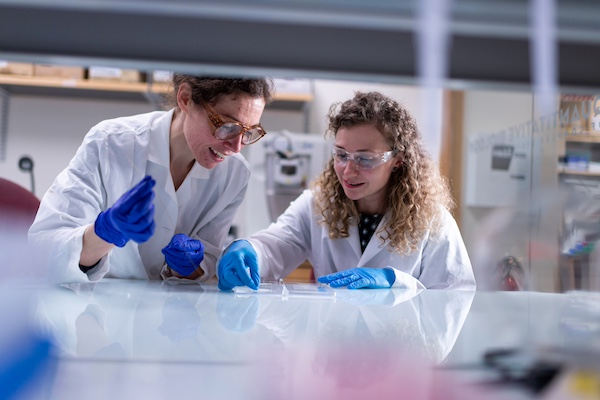In an opinion piece published in The Hill, the nation’s leading news website on U.S. politics, Morgridge Institute for Research CEO Brad Schwartz and UW–Madison Chancellor Rebecca Blank argue that a renewed investment in basic research is essential to America’s economic progress.
Author: Morgridge Institute for Research
New Pyle Chair honors Morgridge affiliate Joshua Coon
A new chair at the Morgridge Institute for Research takes aim at osteoarthritis, a debilitating and painful disease that affects more than 27 million Americans. Currently, osteoarthritis is largely treated with palliative care to help patients alleviate their symptoms.
2018 Ethics Cartooning Contest – Public Voting
The first Morgridge Ethics Cartooning Competition invited entrants to make a cartoon on any ethical issue arising in or from biomedical research. Now, you can help choose the competition winners. Voting will be open until January 31, 2018.
Mastodons, brains, and a view of Mars: How the Wisconsin science festival helps bring kids and science together
Last weekend, excited young people darted about with a delirium I haven’t seen since the Pokémon craze. The University of Wisconsin–Madison was the home base for the Wisconsin Science Festival that included 54 communities, leaving every citizen within an hour’s drive of an event.
Creating the blueprints for new biofuels – Q&A with Tim Donohue
Earlier this month, the Great Lakes Bioenergy Research Center (GLBRC) received another major boost from the U.S. Department of Energy, receiving more than $250 million to conduct another five years of groundbreaking work on alternative fuels.
